
On January 23rd, the gross domestic product (GDP) of Guangdong in 2023 reached 13,567.316 billion yuan, representing a year-on-year growth of 4.8%, according to the Guangdong Provincial Bureau of Statistics' latest data. With this achievement, Guangdong becomes the first province in China to officially announce a GDP exceeding 13 trillion yuan, maintaining its position as the largest provincial economy in the country for 35 consecutive years.
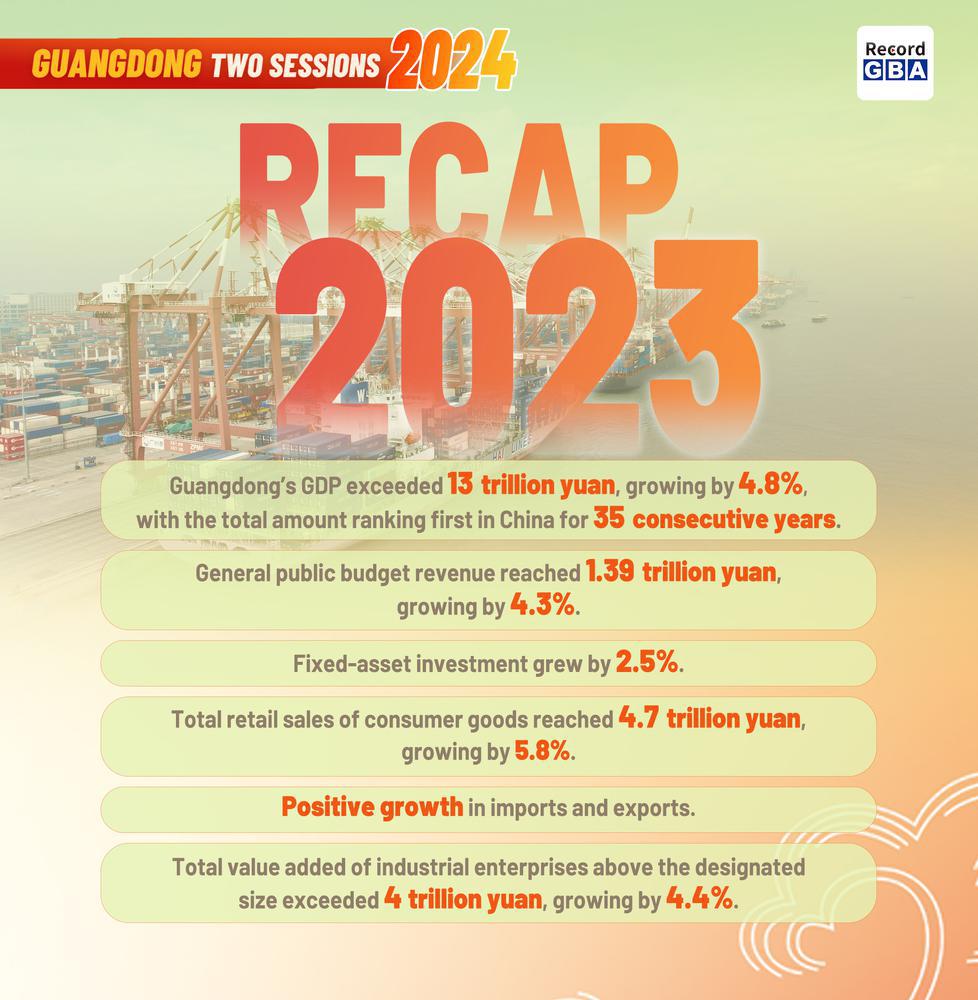
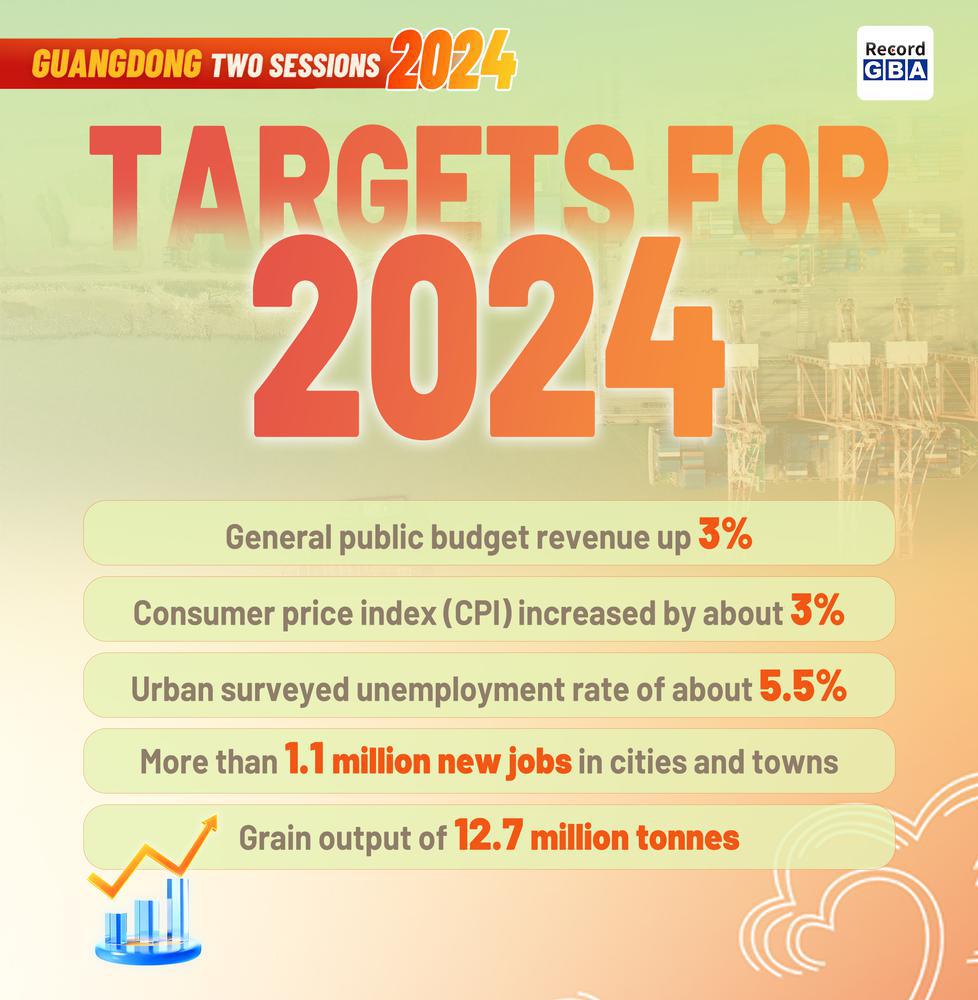
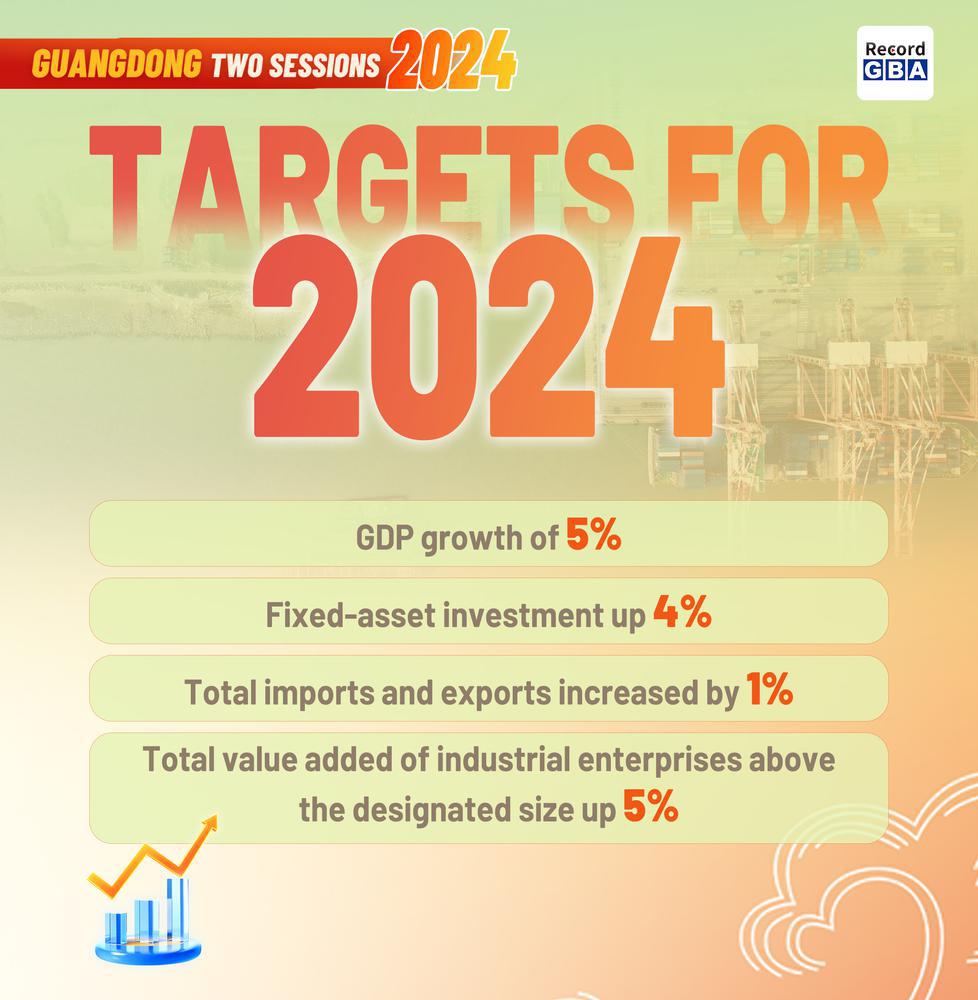

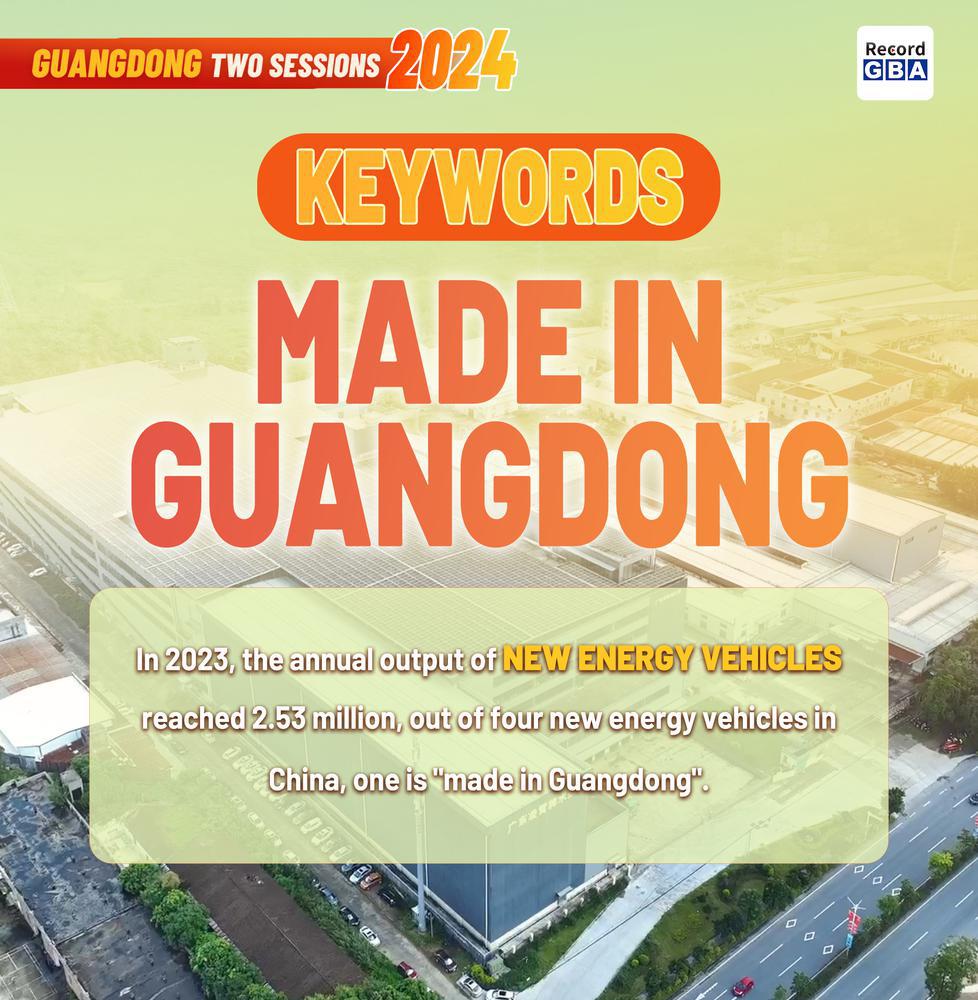
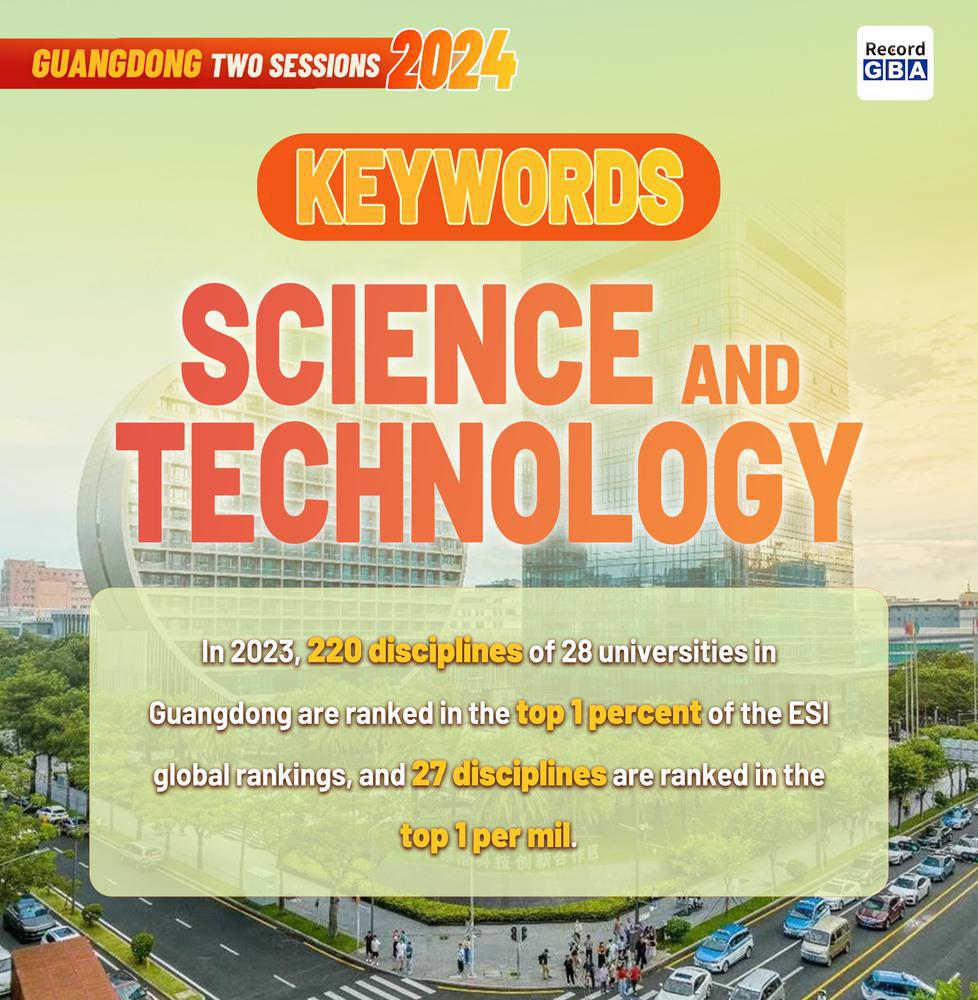
Yang Xinhong, the Director of the Guangdong Provincial Bureau of Statistics, pointed out that over the years, Guangdong's economy has not only grown in scale but has also achieved more stable development. The secondary industry, with a share consistently above 40%, highlights the importance of the "real economy" and the manufacturing sector, which contributes to a more robust economic operation.
While achieving stability, Guangdong's industries have also embraced innovation. Last year, new growth drivers showed positive momentum, with the value added of advanced manufacturing increasing by 6.1%. Industrial investment grew by 22.2%, accounting for 33.3% of total investment and a 5.4 percentage point increase compared to the previous year. Investment in new growth drivers intensified, with high-tech manufacturing and advanced manufacturing growing by 22.2% and 18.2%, respectively.
"The impressive growth of advanced manufacturing, the digital economy, the 10 strategic pillar industry clusters and 10 strategic emerging industry clusters signifies Guangdong's emphasis on innovation-led development in new industries, new forms of business, and new business models," said Yang Xinhong.
Over the past year, amidst weak global economic recovery and complex domestic and international factors, Guangdong's GDP growth fluctuated from 4% in the first quarter to 5.0% in the first half of the year, followed by 4.5% in the first three quarters, ultimately achieving a 4.8% growth rate for the whole year. This wave-like development demonstrates the resilience of Guangdong's economy.
Having surpassed the milestone of 13 trillion yuan, what steps should Guangdong take next to achieve its target growth rate of 5% in 2024?
For this, Yang Xinhong emphasized the importance of "industry support." It is crucial to align production with market demand to achieve an effective supply-side increase in output and income.
Data shows that in 2023, Guangdong's total retail sales of consumer goods reached 4.75 trillion yuan, a year-on-year increase of 5.8%, and the total value of imports and exports amounted to 8.3 trillion yuan, with a slight growth of 0.3%. There is a steady improvement in domestic and external demand. "Only by continuously identifying breakthrough points in our industries based on domestic and international demand can we truly establish a more reliable and sustainable support system," noted Yang Xinhong.
Which industries are expected to become the driving forces for high-quality development in Guangdong? Yang Xinhong cited examples such as the electronic information and biopharmaceutical sectors, which have the potential for new growth through technological breakthroughs. The marine economy also offers vast opportunities.
Furthermore, Guangdong is currently accelerating the implementation of the "High-Quality Development Project for Hundreds of Counties, Thousands of Towns, and Myriads of Villages", which involves targeted resource transformation of agricultural products to enhance their added value. "Through this project, industries such as traditional Chinese medicine and pre-packaged vegetables can be upgraded and transformed. Various industries are thriving with innovation, ultimately driving the overall high-quality development of the economy," concluded Yang Xinhong.
Source: Yangcheng Evening News
广东GDP站上13万亿元新台阶意味着什么?
1月23日,广东省统计局发布最新统计数据:2023年,广东地区生产总值为135673.16亿元,同比增长4.8%。由此,广东成为全国首个“官宣”GDP突破13万亿元的省份,且经济总量已连续35年位居全国首位。
广东省统计局局长杨新洪指出,广东经济不仅体量越来越大,发展也越来越“稳”。其中,第二产业比重持续保持在40%以上份额,突出了“实体为本”“制造业当家”,这样的产业结构也让经济运行更加稳健。
“稳”起来的同时,产业也“新”起来。去年一年,新动能产业发展势头较好,先进制造业增加值增长6.1%。工业投资增长22.2%,占全部投资比重33.3%,同比提高5.4个百分点。新动能投资力度加大,高技术制造业、先进制造业投资分别增长22.2%、18.2%。
“先进制造业、数字经济、‘双十’产业的增速亮眼,意味着广东在新产业、新业态、新商业模式上更强调创新引领。”杨新洪表示。
过去一年,在世界经济复苏乏力、国内国外复杂因素交织下,广东GDP从一季度同比增长4%,到上半年同比增长5.0%,再到前三季度同比增长4.5%,再到全年实现4.8%的增速,呈现出了波浪式发展态势,这也体现了广东经济的韧性。
站上13万亿元新台阶,广东下一步应该如何发力,以实现2024年5%的预期增长目标?
对此,杨新洪表示,最重要的还是“产业的支撑”。要以市场的需求为导向,来实现供给侧的有效增产和增收。
数据显示,2023年,广东社会消费品零售总额4.75万亿元,同比增长5.8%,外贸进出口总值8.3万亿元人民币,同比增长0.3%,内外部需求稳步改善。“只有不断根据国内和国际需求,找到我们自己的产业突破点,才能真正形成一个更牢靠更可持续的支撑。”杨新洪指出。
哪些产业有望成为推动广东高质量发展新增长点?杨新洪举例说,像电子信息、生物医药等优势产业,未来可以进一步通过科技突破来实现新的增长,海洋经济也同样大有空间。
此外,当前广东正加快推进“百千万工程”,可以通过对农产品进行针对性的资源转化,来提升产业的附加值。“‘百千万工程’里,包括大南药、预制菜等都可以进行提升和转化,各种产业创新蓬勃发展,最终将众星拱月般推动经济整体的高质量发展。”
文丨记者 陈泽云
图丨付怡 黎杰文
翻译丨陈萱
-
Export of Guangdong NEVs sees continuous growth
2024-01-24 21:39:47 -
Construction worker receives invitation to Spring Festival Gala
2024-01-23 22:49:26 -
Peach blossoms flourish in bustling Guangzhou
2024-01-23 22:49:37 -
Y Talk㊻|Guangzhou's GDP surpasses ¥3 tn: What drives its economic growth? 广州GDP突破3万亿,靠什么?
2024-01-23 15:31:11






